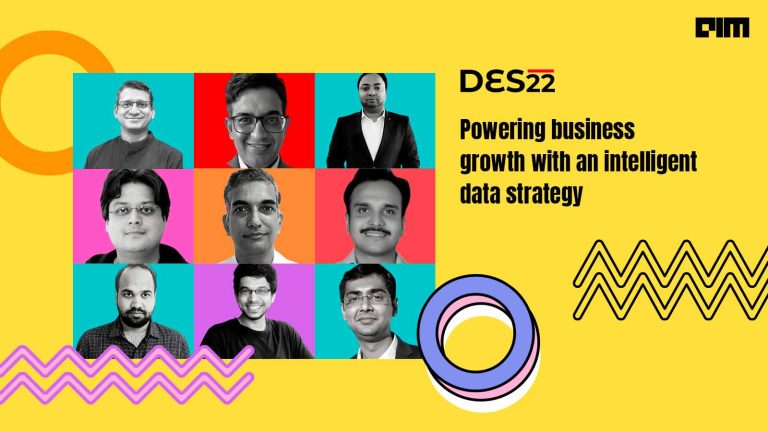Back in the 90s, the Internet acted as the essential infrastructure that provided the rapid spread of e-commerce. For e-commerce, companies leverage shopping cart software on a web server that enables visitors to a website or mobile application to pick items for ultimate purchase.
One of the main e-commerce segments comprises B2C (business-to-consumer), also known as retail online shopping. At the point of sale, the software determines a total for the order, including freight transport, postage along with packaging and labelling.
The shopping cart software is typically installed on the server which hosts the website, or on the secure server which accepts sensitive ordering user and transactional data. In most server-based implementations, data related to the shopping cart is kept in the session object and is accessed and manipulated in real-time as the user selects various items from the cart.
Later at the process of finishing the transaction, the information is accessed, and order is produced against the selected item, thus clearing the shopping cart. Data such as products, categories, discounts, orders, customers, and others are then stored in a database and accessed in real-time by the platform. All of this needs a complex technology stack particularly for large scale users, as seen on online shopping websites.
When it comes to actually building an e-commerce website, a web application, a mobile application, you have so many choices ahead of you. Much like the world of clothing fashion, more generally, is continually evolving such that what is appropriate to use or wear now may not surely be relevant some months or years in future, this can be said for the technology world. Here we give you a sense of some of the languages, frameworks, libraries, along with some of the overarching design decisions that are both in vogue and here to stay right now.
Front End
If we look at the front end of an e-commerce website or application, it commonly applies to that which is facing the user. Storefront is part of a Web store which is accessed by users for online shopping, consisting of various categories, products, and other pages are dynamically created based on the data saved in the database.
So it’s the user interface and more with which an individual typically interacts. Web-based experience for any e-commerce website is done using HTML and CSS and, even more dynamically, using JavaScript. There are JS frameworks collections of code that other people have written that you can use. This includes Angular and React, and these are the names for various JavaScript frameworks. So a framework provides code that you can integrate into your own projects, whether it’s CSS, JavaScript, and way of building your front-facing e-commerce applications.
You will find among several of these frameworks different design paradigms, different design beliefs, the best way as to do things. Part of the method of determining these frameworks really comes down to what resonates with a startup or with the engineering team the startup has set up.
Meanwhile for CSS also, there are libraries there, groups of CSS files and frameworks methodologies to determine the layout of your site, like Bootstrap, Semantic UI, and more. These focus on the aesthetics of individual experience, more so on the display of information and the kinds of user interface mechanisms, including the menus, the buttons, the windows, and other things a user sees on the screen display.
Back End
Now if we take a look now at the backend, there is a long list of back end processes on the servers from which the HTML and the CSS and even the JavaScript are finally coming. There are numerous languages like Java, JavaScript, .NET, PHP, Python, Ruby, Scala, and so many others to build back end processes and web servers, which interact with the databases and relay it to the e-commerce website or application.
And so in this world of the backend, e-commerce shops or startups have libraries of reusable frameworks, libraries of code and methodologies through which they can build your applications, including Django, Flask, .NET, Node.js, Rails, .NET and others.
Should You Pick A Hosting Platform Like Shopify To Get Started As An E-Com Startup?
Solutions like Shopify are fully managed by the service providers on a monthly subscription. Shopify is used widely across the globe by startups and has a bunch of applications which can be integrated.
For hosting eCommerce platforms, Shopify is definitely a part of the basic toolkit. Even with third party hosting services, startups can do a lot of custom work in terms of backend integrations with ERP systems to figure out what is the best cost-effective way to do their business and not just to buy stuff with a shell.
Shopify is very user friendly for new entrepreneurs who don’t have the resources or talent if managing the tech stack for themselves. No platform’s better from the ease of use than Shopify that has everything built-in for any e-commerce firm to get started and succeed. Once the scale of users exceeds a threshold and the startup begins generating serious revenue, the web store can be migrated to a cloud platform, which is more appropriate for performing customised tasks such as analytics or integrating microservices.
There are also open-source frameworks like Magento, which many companies often use free of charge. The framework allows the company to host the platform using a hosting service and also enables them to modify the entire source code to create customised user services. Using APIs and plugins, companies also do integrations with third-party software such as ERP systems.
Conclusion
E-commerce startups are guided by what their engineering team knows, perhaps what your own system administrators or your operational people know. So the folks who are actually maintaining the servers, whether they’re locally on-site, or the ones running things in the cloud, whether it be AWS, Azure or Alibaba. Depending on what that cloud infrastructure supports, it might influence your decision making as to what language you need to pick.
For example, some of these languages make it a little bit easier to develop applications that support immediate interactivity, where there’s a constant connection or the illusion of a constant connection between browser and server. JavaScript, via a framework called Node.js, makes it really easy to do, and it was designed more so with that kind of use case in mind.
As an e-commerce startup which is starting from scratch for handling massive scale user traffic and complex workflows, it is essential to hire full-stack engineers with deep experience in building web applications. Particularly, people who are comfortable working with everything from CSS and JavaScript to databases and API design.

















































































